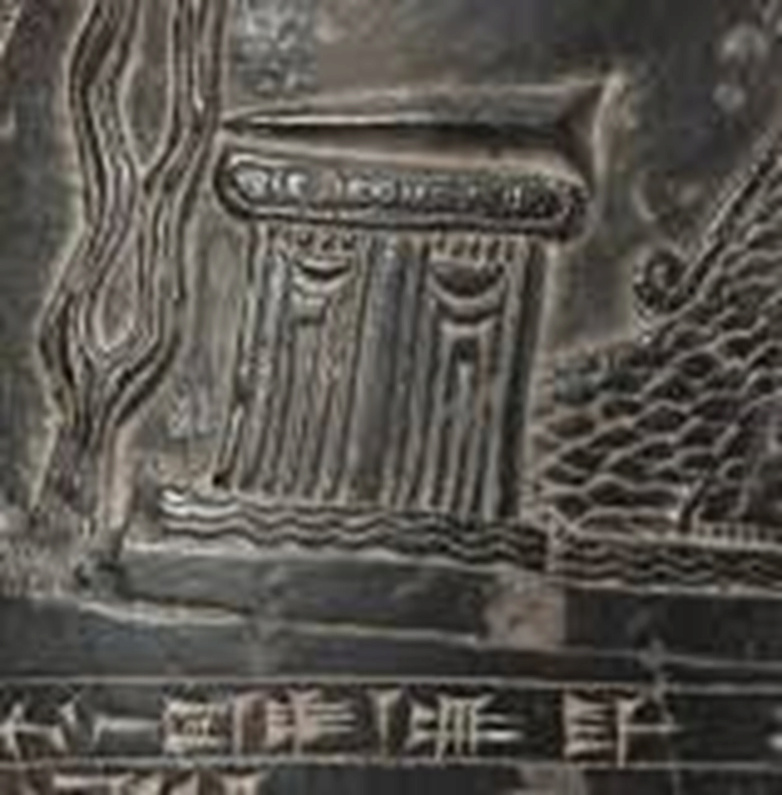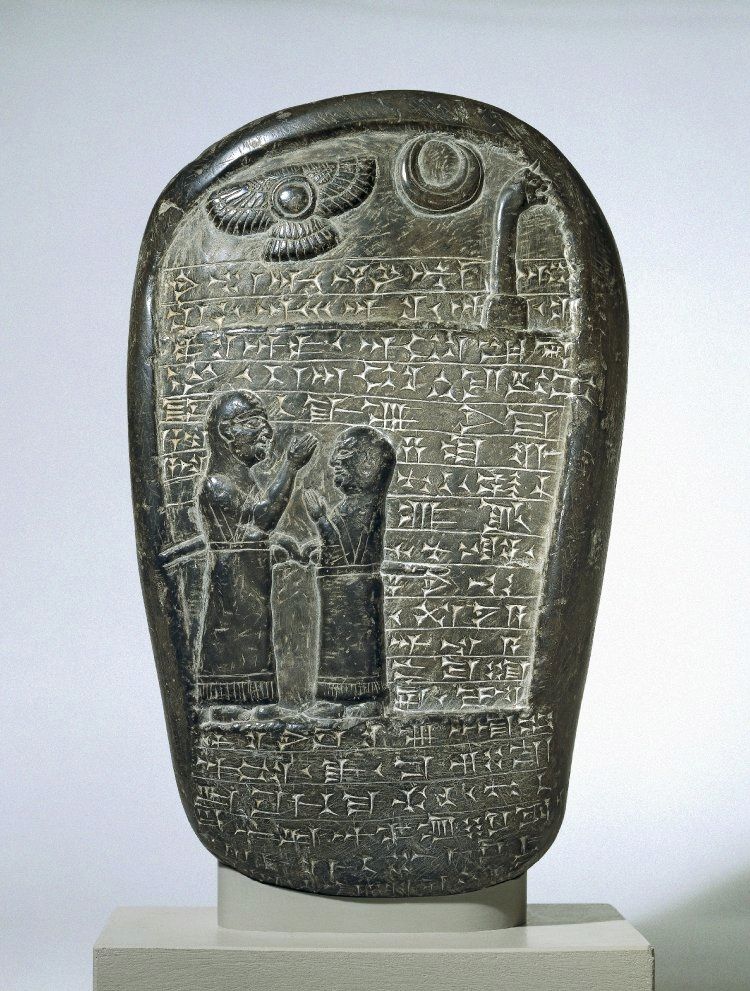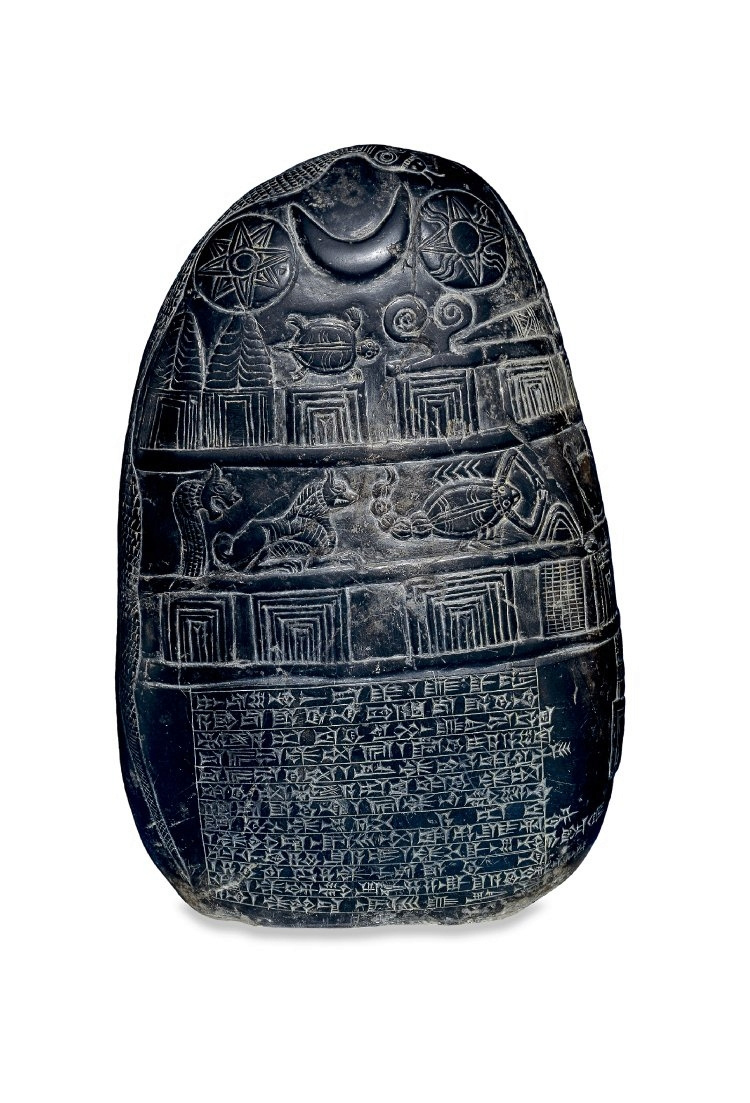The Akkadian term kuduru

The Akkadian term kuduru consists of the root kdr, which means "to draw a boundary or set a limit." It indicates documents related to the sale and acquisition of land. Currently, more than 160 kuduru have been identified, complete or in parts, most of which date back to the period between 1450 and 620 BC. M.

Old cuduro
In ancient times (in the third millennium BC), the kuduru were contracts for the sale of land and real estate properties, written on clay tablets or, in some cases, on stone monuments. The sale of such property was considered a complex process in the ancient Near East, requiring the approval of those close to both parties, including family members, neighbors, authorities, and gods. Therefore, ancient kuduru stones were subject to strict legal, ritual and social standards. The use of monuments, sometimes, to write these texts was somewhat aimed at ensuring that the deal would withstand time and give it prestige and a prominent position in society. Not all monuments are like Douro, and the opposite is also true.

Quiche coduro
The Kassite rulers who ruled Babylon between the 16th and 12th centuries reused the kuduru. The kuduru was often called “naro” (or monument), as this word recalls the stone that was most popular among them for engraving their texts. But they also kept the kuduru because, for its part, it was reminiscent of ancient standards for registering real estate transactions. Initially, these documents emphasized the exercise of the king's authority and taught us about the policy followed in the management of major fields and estates. Then this practice spread among major families linked to royal authority. The kuduru includes a copy of the contract previously written on a clay tablet. Not all real estate transactions were reproduced on stone. This practice increased the legitimacy of the deal and placed it in the custody of the gods. The kuduru was then placed, Most likely, in a specific temple and, to a lesser extent, in the field that was the subject of the deal, as apparently mentioned on the Meshu Stone.
Source: websites

